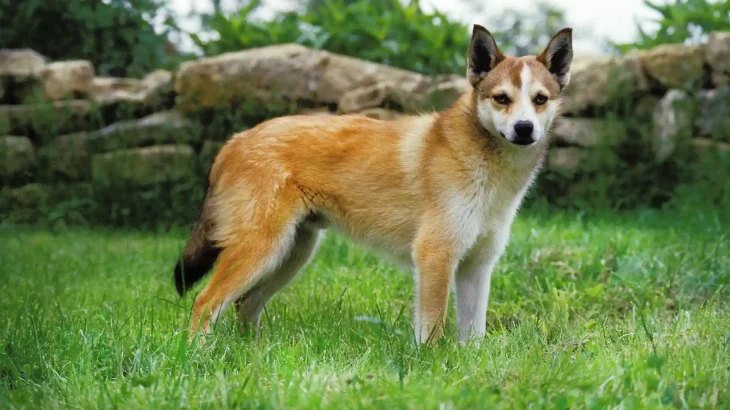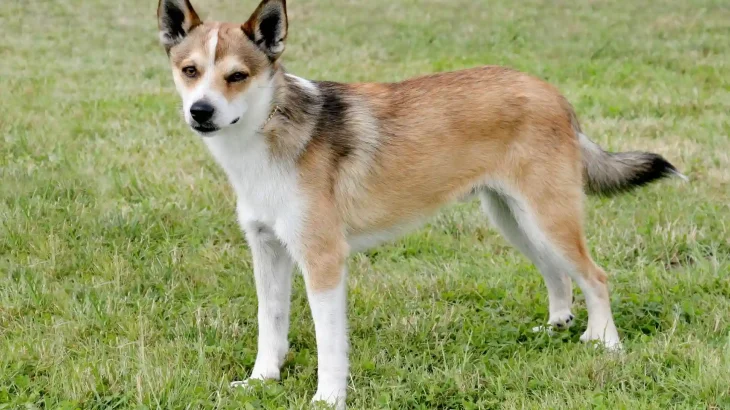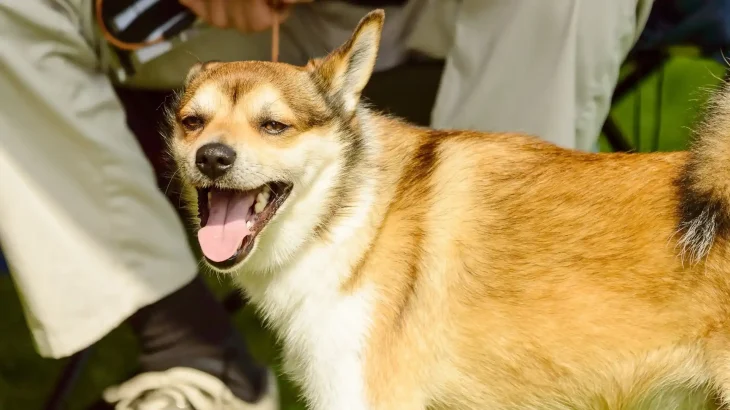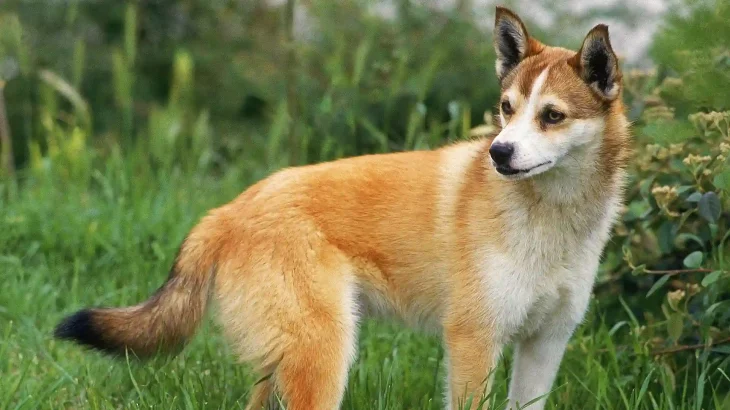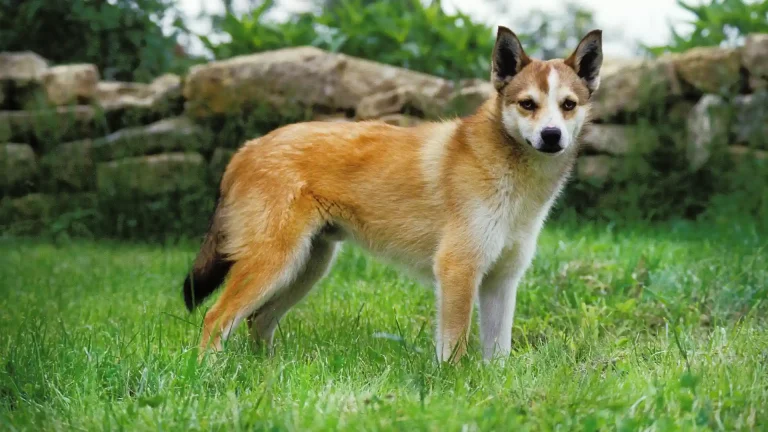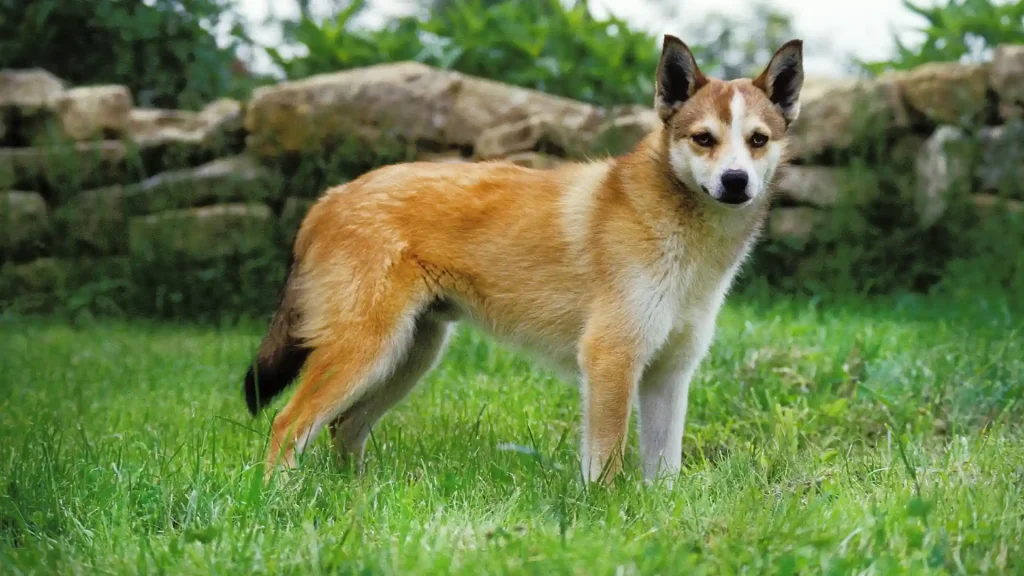When deciding between adopting or purchasing a Norwegian Lundehund puppy, the choice often hinges on factors like health transparency, cost, and supporting ethical practices. Buying from a reputable breeder usually offers clearer insight into the puppy's genetic background and health history, while adoption typically means providing a home to a dog in need, often at a lower cost.
Adoption vs. Breeder: Pros & Cons
| Criteria | Buying from Breeder | Adopting from Shelter/Rescue |
|---|---|---|
| Cost | Higher initial cost due to purebred status and breeder expenses. | Lower fees, generally more affordable; may include basic healthcare. |
| Health History | Detailed health and genetic screening information available. | Health history may be limited or unknown; basic checks usually performed. |
| Age Availability | Primarily puppies, allowing early bonding and training. | Varied ages including adults; may suit those open to older dogs. |
| Temperament Insight | Breeders can provide lineage-based temperament details. | Shelter staff can share observed behaviors, though background may be unclear. |
| Supporting Practices | Supports ethical and responsible breeding when chosen carefully. | Supports animal welfare by rescuing dogs and reducing shelter populations. |
| Risk of Genetic Disorders | Genetic risks often screened and managed by breeders. | Unknown or unmanaged genetic history due to lack of records. |

